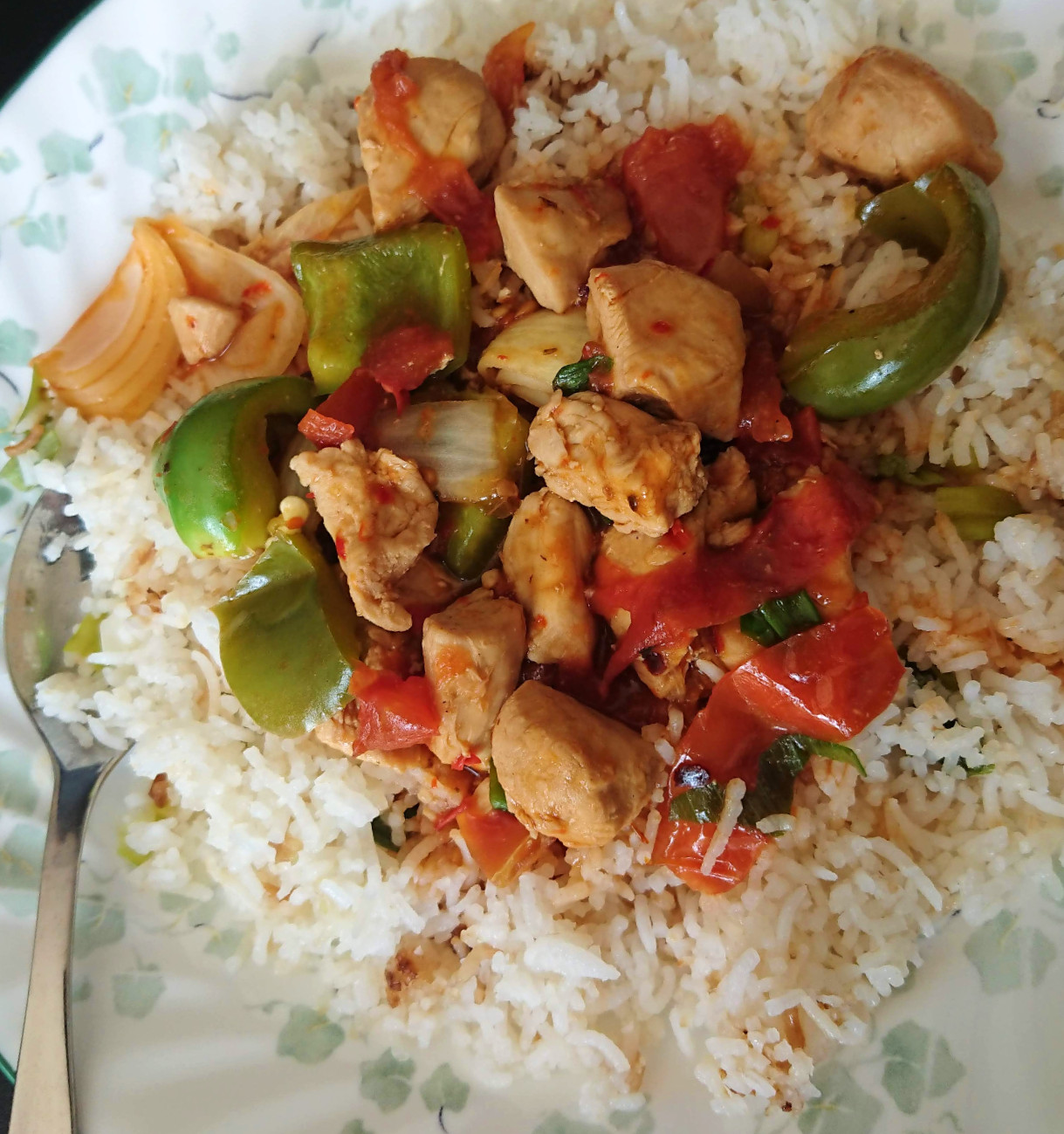Plate it Safe: Food Safety Guidelines
What Is Plate It Safe?
Plate it Safe is a nationwide food movement launched by the Water Quality & Health Council aimed at educating at-home cooks and consumers on how to safely prepare and cook recipes. According to a recent survey, 1 in 3 Americans is concerned about getting sick from food due to someone’s poor kitchen hygiene this holiday season.
Why Add Food Safety Instructions to Recipes?
In 2019, the Water Quality & Health Council surveyed 3,000 American adults about food safety. Unfortunately, most admitted to engaging in unsafe cooking behaviors, such as not washing hands during or after preparing food; not sanitizing worktops and cutting boards after handling raw meat, poultry, fruits or vegetables; improperly defrosting raw poultry; or attempting to sanitize kitchen surfaces with products that don’t kill germs.I took this great opportunity to collaborate with Plate it Safe to make my followers aware about proper food safety so that, whatever you make this holiday season, you will be sure to PLATE IT SAFE.
Food Safety Instructions
You will see following icons in my recipes, here they are explained.
Cooking Temperature
Cook until internal temperature reaches XX on food thermometer. For XX values refer to “Safe Minimum Internal Temperatures” chart on Safe Recipe Guide Website.
Washing Hands
You will see this icon at the beginning of each recipe and after handling raw meat, poultry, seafood, or eggs, as well as raw fruits, vegetables, and nuts to remind you to wash hands. This means Wash hands with soap and water for 20 seconds.
Preventing Cross-contamination
- When you place raw meat, poultry, seafood, or eggs on food-contact surfaces (e.g., countertops, serving plates, cutting boards) you need to: Wash and sanitize whatever that you are using, for example, cutting board, counter, utensil, serving plate, after touching raw meats, poultry, seafood, or eggs.
- If the recipe calls for a marinade to be used on raw or cooking meat, poultry, or seafood then you should not reuse marinades after use on raw foods.
- When preparating the raw meat or poultry: Do not rinse raw meat or poultry in the kitchen sink.
Preparing Produce
When using any form of produce in a recipe:
- Gently rub produce under cold running water.
- Scrub firm produce with a clean vegetable brush under running water.
Sanitizing Kitchen Surfaces
Kitchen surfaces should be sanitized before, during, and after preparing food. One way to sanitize food-contact surfaces is to combine 1 tbsp. of regular, unscented chlorine bleach in 1 gallon of water OR ¾ tsp. of bleach in 1 quart of water. Clean the surface of food debris first, using soapy water, then rinse with clear water. Then apply the diluted bleach solution and let air dry.
Use only disinfectants that are EPA-registered to kill germs on food-contact surfaces. EPA-registered disinfectants include solutions containing chlorine bleach, benzalkonium chloride (e.g. Lysol Brand Disinfectant All Purpose Cleaner, Amway Pursue Disinfectant Cleaner), or quaternary ammonium compounds (e.g. Formula 409, Fantastik Antibacterial All Purpose Cleaner), among others. If a product is EPA-registered, it will be indicated on the product label.
Storing Food
Keep your refrigerator at 40°F or below. Refrigerate leftovers in shallow containers within two hours of cooking, and dispose of leftovers after 3-4 days.
- Recommendations based on The Partnership for Food Safety Education’s “Safe Recipe Style Guide” standards.
- The Water Quality & Health Council is an independent, multidisciplinary group sponsored by the Chlorine Chemistry Division of the American Chemistry Council, an industry trade association. The group comprises scientific experts, health professionals, and consumer advocates who serve as advisors to the Chlorine Chemistry Division of the American Chemistry Council.



















Great post on food safety! It’s so important to remember the basic guidelines like keeping raw and cooked foods separate, washing hands frequently, and storing food at the correct temperatures. These small habits make a huge difference in preventing foodborne illnesses. Thanks for sharing these valuable tips!
ReplyDeleteTo prevent foodborne illness, another good way is to use a meat thermometer to make sure your food is cooked to USDA-recommended temperatures.
ReplyDelete